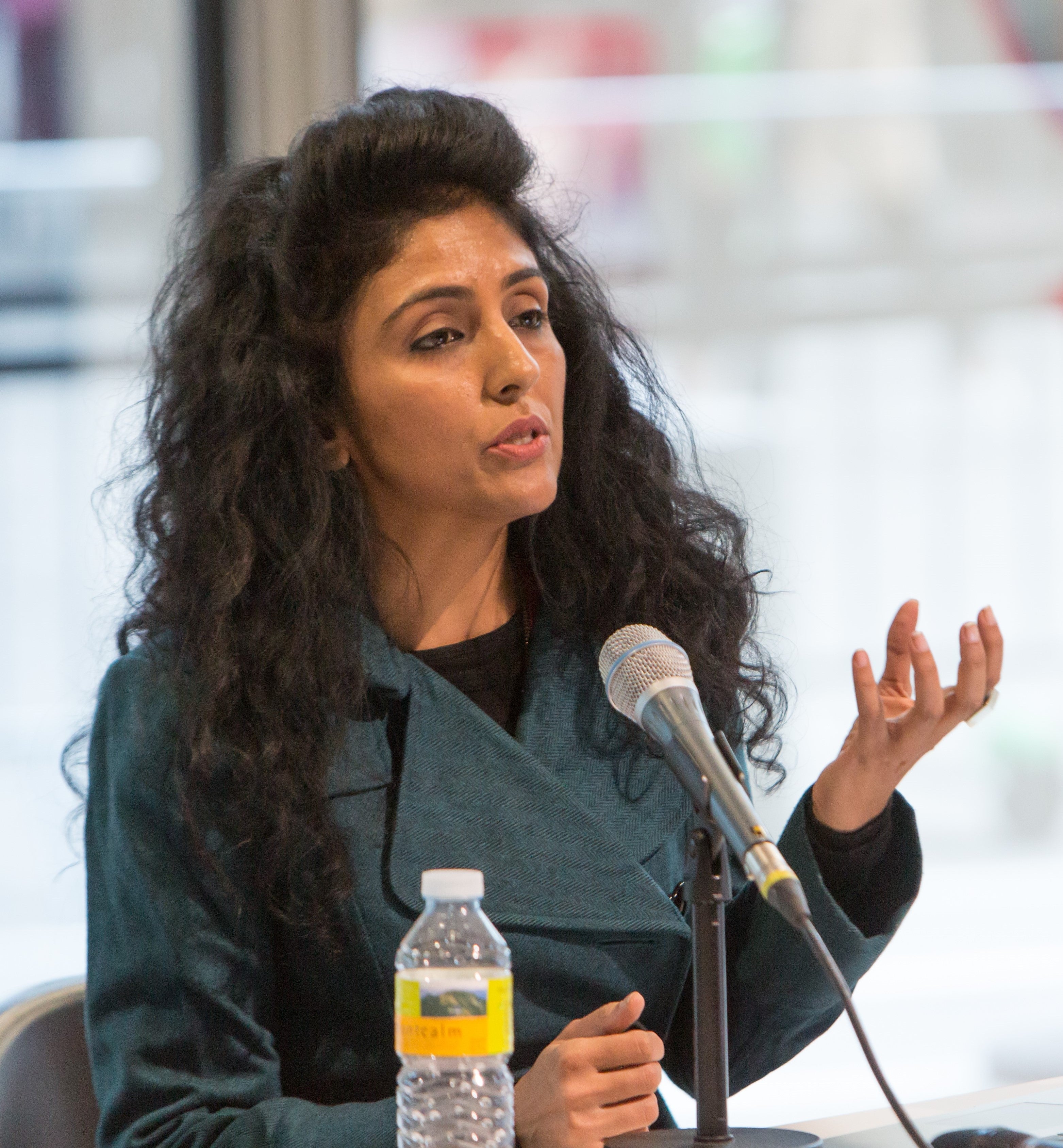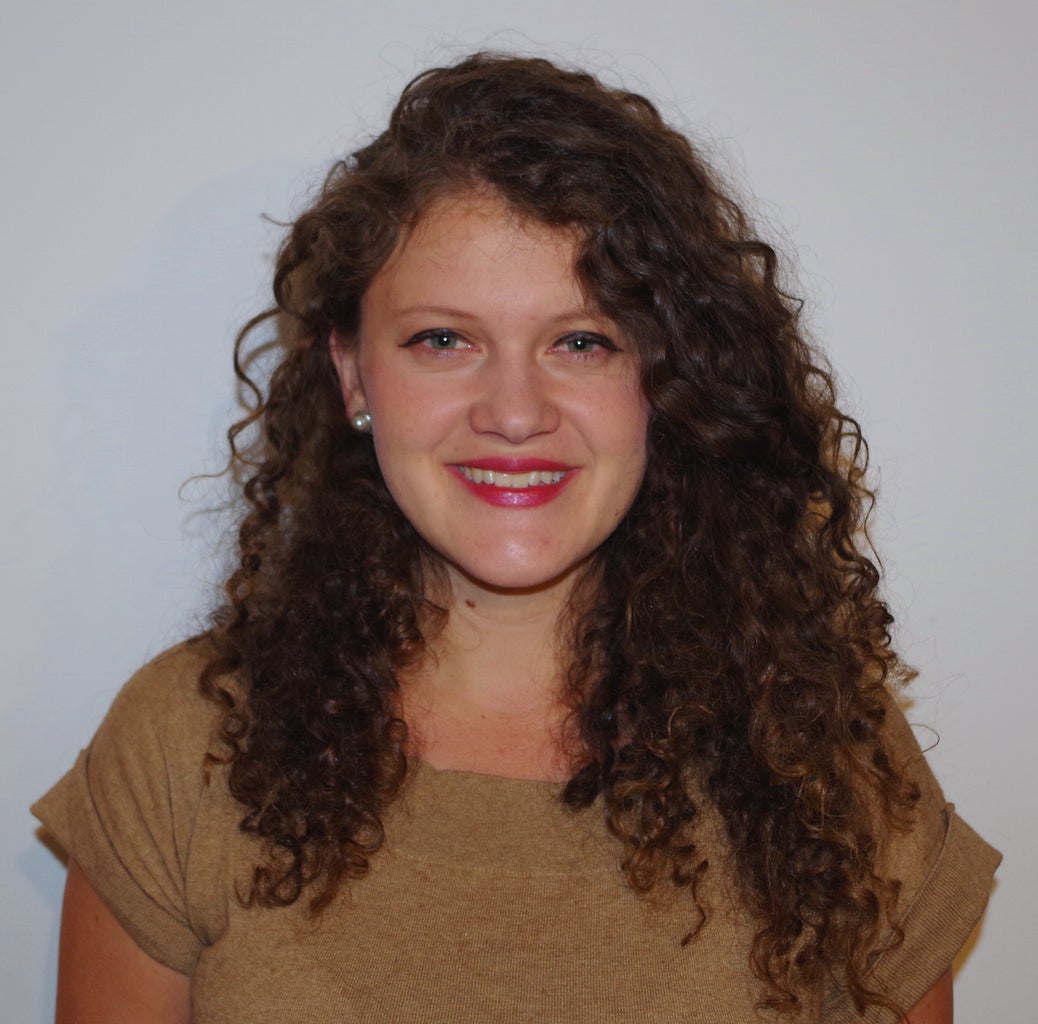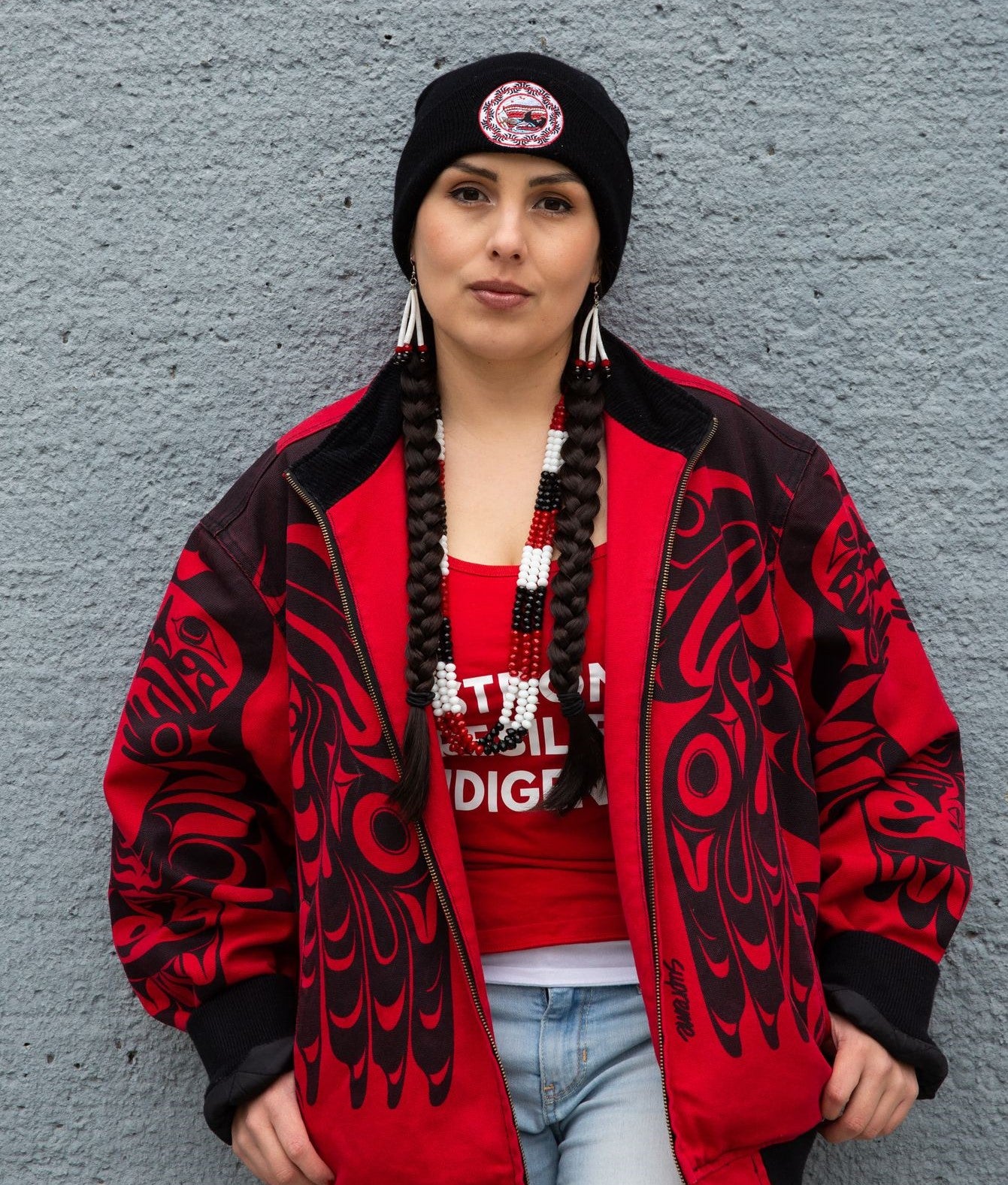Arizona State University’s Center for Science and the Imagination and the ASU-Leonardo Initiative have launched a new eight-week virtual fellowship program for fall 2020.
Three fellows, representing different parts of the globe, were selected from a talented pool of applicants to carry out experimental projects that combine innovative art and science practices across multiple publishing and broadcast media platforms. All of their projects align with the United Nations Sustainable Development Goals and are either related to water, sustainability or community.
“Our center seeks to inspire collective imagination for better futures,” said Ed Finn, the founding director of ASU’s Center for Science and the Imagination and associate professor in the School of Arts, Media and Engineering in the Herberger Institute for Design and the Arts. “These fellows are working on a fantastic set of projects to deepen our understanding of sustainability by bringing together art and science. Addressing the challenges of the 21st century is going to require us to imagine positive futures together, and art is a very powerful way to do just that.”
In addition to their projects, fellows will participate in a Mentorship Matrix that connects them with younger students who might benefit or learn from their experiences through the program. Through the ASU-Leonardo Initiative, which was established in 2019, the fellows will also lead a Leonardo Art Science Evening Rendezvous (LASER) event — a global salon series that brings together artists and scientists for informal presentations and conversations with audience members.
“As an enterprising think tank, ASU-Leonardo integrates hybrid, creative inquiry and practice as catalysts to solve compelling problems, explore timeless mysteries, and shape a finer future,” said Diana Ayton-Shenker, executive director of ASU-Leonardo Initiative, professor of practice in the School for the Future of Innovation in Society and faculty member in the School of Arts, Media and Engineering. “It's essential that art and science coexist to inquire, inspire, innovate and instigate insights into who we are in the world.”
One of the goals of the program is to empower fellows to build new connections to artists and researchers at ASU. Ayton-Shenker says she hopes fellows will “develop their transdisciplinary, creative practice; build pivotal connections with each other, mentors/peers/proteges; and increase their visibility as changemakers who advance social justice and the sustainable development goals.”
And although the virtual format is an adjustment — and somewhat experimental — given the circumstances of the pandemic, Finn explains the model allows the program to be more inclusive.
“The virtual format allows us to include people who might not otherwise have the means or the time to spend several weeks with us in Arizona.” Finn adds, “This way we can invite them into the ASU family as well as learn more about their collaborators and communities in very different parts of the world.”
Learn more about the fellows below.
Nandita Kumar
Nandita Kumar
Kumar is a new media artist who uses art, science and technology to create interactive installations and sensory narratives by exploring the impact of innovative technologies on human lives and natural ecosystems.
Her project, “Sounding the Invisible: An Elegant Symbiosis,” gives audience members in India audio and visual insights into the way certain plants naturally absorb pollutants out of water. The installation includes barcoded test tubes that play the sound frequency of each plant and 41 pollutants, while an accompanying book outlines the pollutants’ health impacts and the plants' additional uses such as in food or medicine.
“This project uses data visualization (and) interactive technology alongside a sonic experience to transpire imagination, connect thoughts and build reconnection to the various case studies being explored,” Kumar said. “We need to collect and represent data that is meaningful to individuals and communities to increase their awareness about the importance of preserving water, the impact of our technology and to encourage a global culture of sustainability.”
Kumar said she started this project after talking to a fisherman in Mumbai whose nets were getting caught in a whorl, or vortex, created by the dumping of untreated sewage from nearby suburban communities. For the first time, through the Leonardo Imagination Fellowship Program, Kumar feels that her work can be designed at a macro level, helping her understand how technology may impact lives and whether technology and nature can coexist.
“As our technology has increased in complexity, the tools we use to control nature have become more powerful and the materials of that technology have become more alien to nature; more difficult or impossible to reassimilate back into its processes.” Kumar added, “I often question, what if rather than reshaping the world to solely suit man’s needs, technology was shaped in harmony with nature — in turn changing humanity's future?”
Kumar has shown her work in festivals and exhibitions throughout the world including the New Zealand International Film Festival, Rome International Film Festival and the Academy of Television Arts and Sciences in Los Angeles. She also curated a community project called “Ghar Pe/At Home,” which has been documented online by Asian Art Archive (Hong Kong).
Melanie Valencia
Melanie Valencia
Valencia, who is originally from Ambato, Ecuador, is pursuing her PhD in the circular economy: a system centered around eliminating waste, and the pursuit of reusing resources. She is particularly interested in how this model could be applied to the informal sector in Latin America, since she explains many of the repair jobs there are dying, falling victim to convenience and cheap products.
Inspired by biomimicry, which Valencia believes is at the core of innovation and eco-design for a circular economy, and her time spent talking to waste pickers throughout the global south, among other things, Valencia’s fellowship project will be a collection of stories about the people who are using secondhand material and bartering; and the impact of doing so, especially during a pandemic.
“I have learned that these conversations cannot be limited to academics and policymakers, rather we all should be engaging with each other to transform our economies,” Valencia said. “With this fellowship I hope to visualize the connection between nature and society, urban and rural, you and other, and to showcase the work of multiple actors working informally to reach a more harmonious socioecological reality through care, care for the planet, care for our elders, our children, each other, and future generations.”
Valencia hopes her work and stories can inspire communities to find a common ground in the circular economy and zero-waste movements. She believes there’s a huge disconnect between consumerism and what that really does to the planet’s resources. Valencia says the circular economy must make it easier for citizens to choose what is best for the planet.
Valencia adds, “I am especially eager to share what I have to offer and hoping to learn so much more from the other fellows and this network of peers that have already been extremely generous, holding on to this sense of community even when we are so far away and interacting virtually.”
Valencia was recently a consultant for circular economy projects at Universidad San Francisco de Quito — a private university in Ecuador. She was also named MIT Innovator Under 35 in 2016 for her work in CarboCycle, a biotech startup transforming organic waste into a palm oil substitute.
Brook Thompson
Brook Thompson
Thompson is a Yurok and Karuk Native from Northern California who is currently working on her Master of Science in environmental engineering at Stanford University. She has been using her engineering background and artwork to start dialogues about improving water quality and water rights for Native Americans.
ASU’s Leonardo Imagination Fellowship is important to Thompson because she points out that women, and especially Native Americans, are underrepresented in science, technology, engineering and mathematics (STEM) fields. She is hoping to use her voice to educate the public and valuable stakeholders about Native Americans and their beliefs, especially when it comes to sustainability, and how they value the land they live on.
As part of her fellowship project, Thompson plans to create four beaded medallions in the shape of puzzle pieces to tell her story about traditional ecological knowledge (TEK) — the understanding gained by Indigenous communities by living on and with the land. Each puzzle piece will represent a TEK and a United Nations Sustainable Development Goal and will have a video component online — infusing modern technology with traditional storytelling. Thompson said she was inspired by Jaime Ocuma, a Native American visual artist and fashion designer who is known for her beadwork, and tribes who use Wampanog beads for storytelling.
“I want to bring traditional ecological knowledge to the forefront,” Thompson said. “I hope people start to think about and understand a few concepts of TEK through my artwork that make them reconsider what it means to be knowledgeable, and who is considered knowledgeable in the Western world.”
Thompson was the 2019 American Indian Science and Engineering Society’s Region 1 representative. She was an intern for the city of Portland’s Bureau of Environmental Services and the Senate Committee on Indian Affairs in D.C. In 2017, Brook was awarded the American Indian Graduate Center’s undergraduate student of the year award. In 2020, Thompson won Unity’s 25 Under 25 award.
Top photo courtesy of Pixabay.com.
More Science and technology

4 ASU researchers named senior members of the National Academy of Inventors
The National Academy of Inventors recently named four Arizona State University researchers as senior members to the prestigious organization.Professor Qiang Chen and associate professors Matthew…

Transforming Arizona’s highways for a smoother drive
Imagine you’re driving down a smooth stretch of road. Your tires have firm traction. There are no potholes you need to swerve to avoid. Your suspension feels responsive. You’re relaxed and focused on…

The Sun Devil who revolutionized kitty litter
If you have a cat, there’s a good chance you’re benefiting from the work of an Arizona State University alumna. In honor of Women's History Month, we're sharing her story.A pioneering chemist…





